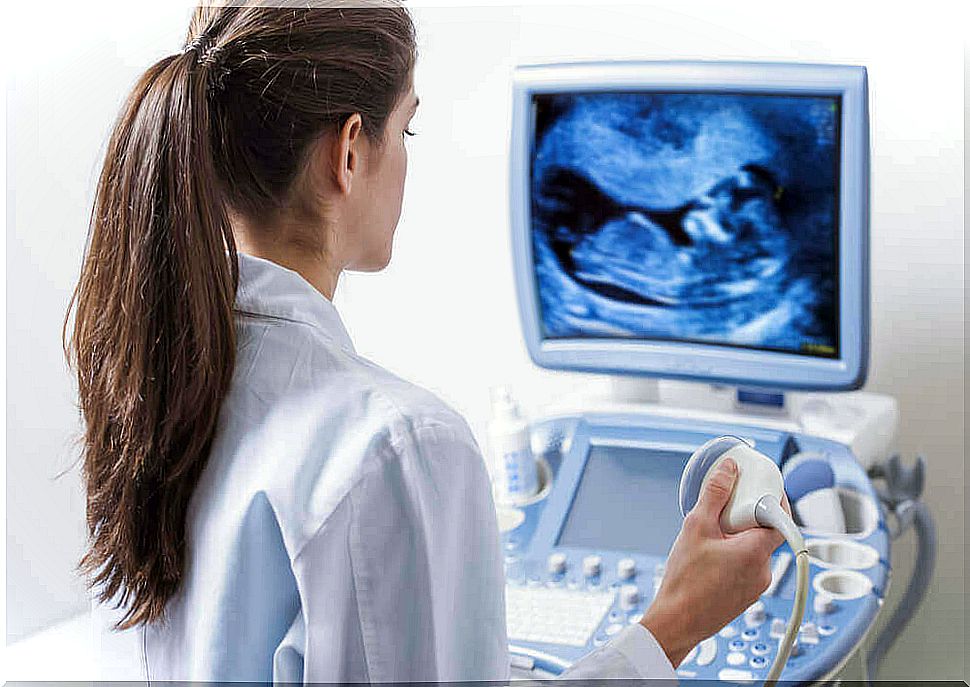Predicting A Premature Birth: New Techniques
In recent months, it has been discovered how a simple blood test can predict premature birth with an accuracy of 80%. A preterm birth is defined as delivery that occurs between weeks 20 and 37 of pregnancy. This can be due to different reasons.
First of all, the presence of regular contractions should be mentioned , which start before the 37th week of pregnancy. These contractions lead to a series of changes in the cervix.
These changes include effacement , that is, a thinning of the cervix. As well as dilation, which refers to the opening of the cervix that leaves room for the fetus to enter the birth canal.
Premature birth
General characteristics

Preterm birth is the one that occurs before reaching 37 weeks of gestation. In Spain, more than 31,000 babies are born in this condition per year. Being approximately 15 million worldwide.
These newborns are at increased risk for the possibility of health problems. Especially since their organs haven’t had time to fully form.
Thus, more than 1 million of these deliveries, approximately, end with the death of the babies. The cause of premature birth in many cases is unknown. Preterm birth occurs in 5-10% of pregnant women. All pregnant women are at the same risk.
For this reason, it is very important that all pregnant women know the risk factors. Likewise, it is important to monitor the pregnancy and be attentive to any symptoms. Risk factors are as follows:
- The women under 17 and over 35 are at increased risk for premature birth.
- A poor healthcare system increases the risk of premature birth. Also the mortality of the baby, as well as the mother.
- Maternal infections and different problems that arise during pregnancy.
- Not maintaining a healthy lifestyle.
- Fetal problems. Such as macrosomia, that is, the baby grows a lot. Or the death of the fetus in the womb.
Study of Evidence Predicting Preterm Birth

Today, there are a number of methods and tests with which you can try to predict the premature birth of a child. These tests, unfortunately, are not effective enough.
They usually only work in women who are at high risk. That is, women who have experienced early contractions or who have previously given birth to a premature child. In these cases, in addition, 20% of the cases are required.
For this reason, a team of researchers from Stanford University has developed a new, more efficient method. Through a blood sample from the mother, it will be possible to know if a premature birth will occur.
It is important to mention that these tests are in an early stage of development. Therefore, more research is needed to achieve widespread use of the method.
However, currently, experts assure that this method has the potential to reduce complications, as well as deaths produced in premature births.
In addition, the test can also be used when estimating the date on which delivery will occur. Professionals say it is as reliable as an ultrasound can be.
Test development

Professionals analyzed blood samples taken during the second or third trimester of pregnancy from 38 women at risk of experiencing premature birth. Of these 38 women, 13 gave birth prematurely. Therefore, the studies focused on the samples taken from the latter.
Through the test , the activity of maternal genes, in addition to placental and fetal genes, can be measured. The professionals looked at how the extracellular RNA levels of seven genes from the mother and the placenta can predict which pregnancies will end in premature birth. This, in addition, with an accuracy of 75-80%.
This new method is presented as a cheap and simple solution with which it will be possible to know the gestational age and, of course, to predict which pregnancies will end in premature births.
Finally, it should be mentioned that additional information can be obtained through the quantification of extracellular RNA in maternal blood . Professionals discuss important new information about fetal growth.









